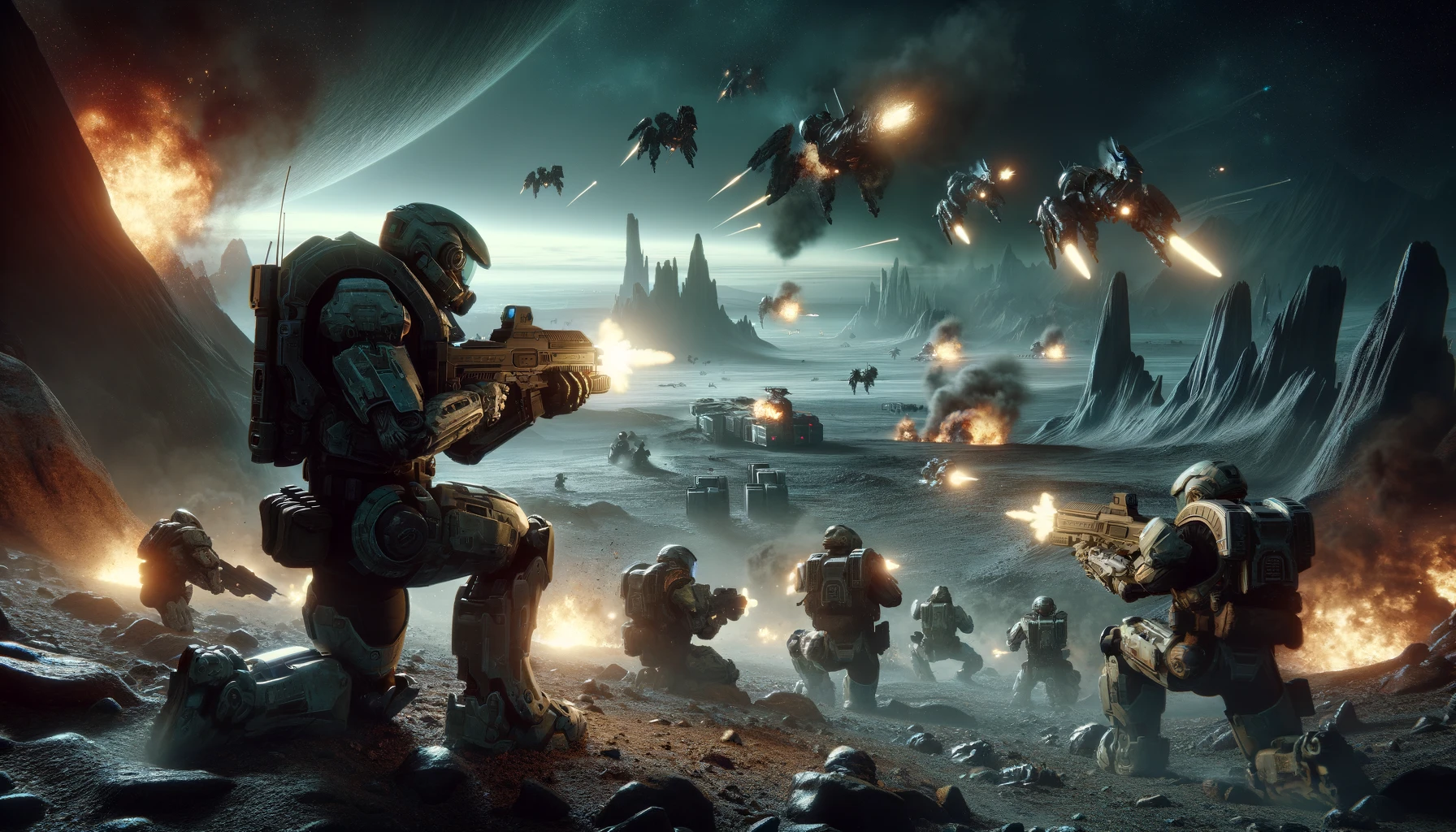As the clock ticks down on Helldivers 2’s latest major order, the gaming community faces a daunting challenge. Tasked by Super Earth to defend 10 planets from enemy takeover, players have managed to secure only three over the weekend. With new defense missions recently opened, hopes of achieving the goal seem bleak. This scenario is not just a mere game objective; it encapsulates the broader struggles and dynamics within the Helldivers 2 community, highlighting the difficulties in coordinating collective efforts when faced with multiple targets. The game developers, Arrowhead, appear to be testing the community’s strategic prowess, leveraging their historical performance which has shown swift achievements in focused, singular goals but struggles with multi-target operations.
Contextual Background
Helldivers 2, a strategic shooter game, has often seen its community rally for complex strategic maneuvers, such as the recent Martale Gambit—an attempt to disrupt enemy supply lines. Despite intensive community planning and widespread mobilization attempts, the gambit fell short. This isn’t the first time the community has faced such hurdles; previous missions have also shown a pattern where efforts dissipate when spread across multiple objectives. The game’s design, which does not prioritize specific planets for strategic attacks, further dilutes player concentration, leaving some critical defense missions understaffed.
Comparative Insight from Recent Reports
Analysis from Engadget in their article “Strategies in Cooperative Gaming: A Look at Helldivers 2” and a piece from Polygon titled “The Social Dynamics of Online Gaming Communities” shows similar challenges in other community-focused games. Engadget highlights how games like Helldivers 2 foster a unique blend of individual and collective play, which can sometimes lead to strategic dissension. Meanwhile, Polygon discusses the social structures that evolve within these gaming communities, affecting in-game decisions and strategic outcomes. Both articles underscore the complexity of managing large groups towards a common goal in dynamic, ever-changing game environments.
Scientific Perspective on Gaming Strategy
A recent study published in the Journal of Interactive Media, “Cognitive Collaboration in Online Gaming,” examines how players make strategic decisions in real-time cooperative games. The research highlights that successful strategies often require not only quick decision-making but also advanced levels of player coordination and communication—elements that are crucial yet challenging within Helldivers 2’s community. The study suggests that introducing more intuitive communication tools within the game could enhance strategic coordination, offering a potential pathway for Arrowhead to improve community engagement and mission success.
Strategic Inferences
- Enhanced communication tools could improve mission success.
- Targeted incentives might boost participation on critical planets.
- Real-time strategic updates could keep players better informed and engaged.
As Helldivers 2 continues to unfold its narrative through community-driven missions, the blend of strategic planning and execution remains pivotal. While the game’s design offers a sandbox of warfare tactics, the true test lies in the players’ ability to adapt and collaborate under pressure. For future campaigns, Arrowhead might consider integrating more robust communication tools or real-time strategic updates to enhance player coordination. By doing so, they could bridge the gap between casual players and dedicated strategists, potentially leading to more cohesive and successful defense efforts. Ultimately, the ongoing challenges in Helldivers 2 serve as a microcosm of broader themes in gaming: strategy, community, and the balance between individual agency and collective endeavor.










